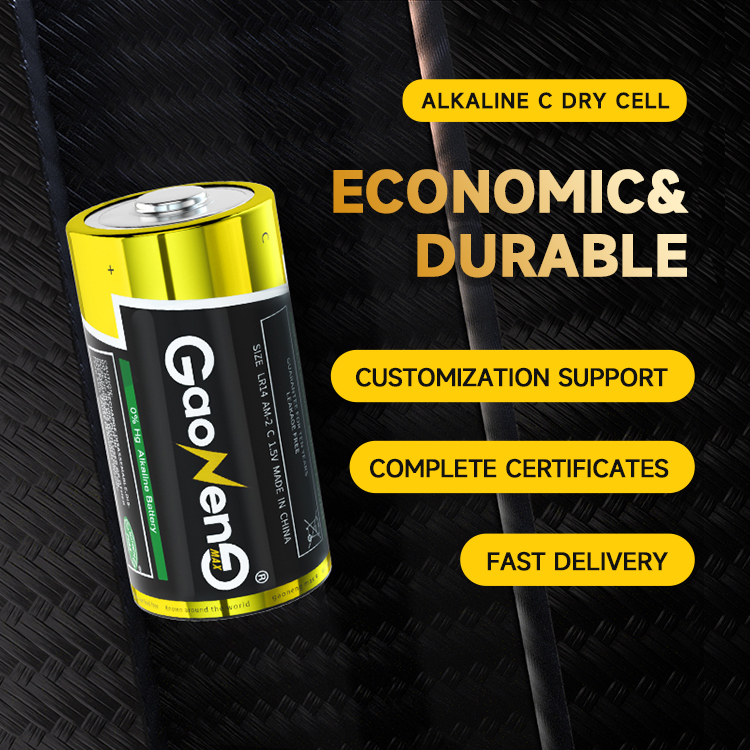
Chemical decay mechanism
Chemical attenuation mainly refers to the contamination of the polymer
electrolyte membrane by free radicals or ions. Free radicals mainly come from
H2O2 or ·OH·OOH free radicals generated during the redox reaction. Free radicals
will attack the end groups or main chains of the polymer electrolyte membrane,
causing degradation reactions, making the electrolyte membrane thinner or even
perforated. Ion pollution mainly comes from dissolved ions in other parts of the
fuel cell (such as bipolar plates) or from external ion pollution sources (such
as air). The groups of the electrolyte membrane are exchanged by impurity ions,
making the electrolyte membrane more susceptible to free radical attack.
Deterioration occurs. Especially in the presence of Fe2+, the Fenton reaction
between H2O2 and Fe2+ greatly enhances the oxidation and causes greater damage
to the polymer electrolyte membrane. In addition, the degradation products
produced by free radicals attacking the electrolyte membrane may cause catalyst
poisoning, leading to a significant decrease in fuel cell performance.
In order to solve the problem of chemical decay of fuel cells, high-purity
materials can be used to manufacture fuel cell components, while attention
should be paid to avoiding the introduction of impurity ions during the
manufacturing process. In addition, a free radical scavenger (quencher) needs to
be added to the membrane electrode assembly to improve the durability of the
fuel cell.
Existing Technologies to Address Chemical Decay
The existing technology discloses the use of single ions such as cerium
ions and silver ions as free radical scavengers. However, these ions will hinder
the diffusion of protons and water, and these ions can easily exchange ions with
protons, reducing the conductivity of the fuel cell. sex. In addition, these
ions easily form hydroxides or oxide precipitates in the higher pH part of the
fuel cell, thereby losing their function as free radical scavengers. If these
ions are reduced and become metal precipitates, it will affect the electrode
reaction of the catalyst layer.
Toyota’s technical solution to chemical decay
In order to solve the above problems, reduce the chemical attenuation of
the fuel cell electrolyte membrane, and extend the service life of the
electrolyte membrane, Toyota disclosed a method using two different free radical
scavengers (main free radical scavengers respectively) in a newly published
patent. The main free radical scavenger is used to reduce free radicals to ions,
and at the same time it changes from the reducing body (A) to the oxidized body
(A). The secondary free radical scavenger It is used to reduce the oxidized body
(A) of the main free radical scavenger to the reducing body (A), while the
secondary free radical scavenger is oxidized to the oxidized body (B), and the
oxidized body (B) can also be absorbed by the membrane electrode assembly. The
reducing agent (such as hydrogen, formic acid, which is a decomposition product
of the electrolyte, etc.) is reduced to the reduced form (B). Therefore, only a
small dose of free radical scavenger is needed to effectively eliminate free
radicals in the membrane electrode assembly, and since the secondary free
radical scavenger serves as a cocatalyst to regenerate the main free radical
scavenger, through two free radical elimination The coexistence of the main free
radical scavenger increases the regeneration speed of the main free radical
scavenger and improves the utilization efficiency of the main free radical
scavenger.
1+1>2? See how Toyota combats chemical decay in fuel cells
As can be seen from the figure above, the redox potential of the redox pair
(B) is lower than that of the redox pair (A), and higher than the redox
potential of formic acid. Since the membrane electrode assembly contains
hydrogen peroxide, Fenton active large metal ions cannot be used as redox pairs,
such as Fe ions (Fe2+, Fe3+), free Cu ions (Cu+, Cu2+) and free V-containing
ions (V2+ , V3+, V4+, VO2+, V5+, VO2+).
In order to improve the effect of the free radical scavenger, the redox
potential of the free radical scavenger is preferably higher than 0.64VvsNHE and
lower than 1.76VvsNHE.
Examples of free radical scavengers
Toyota further discloses examples of qualifying free radical scavengers in
patent documents.
Metals, metal ions or metal oxides that function as free radical scavengers
include: Ag+/Ag2+(1.98), Co2+/Co3+(1.92), Au+/Au(1.83), Ce3+/Ce4+(1.72),
Ni2+/NiO2( 1.59), Ni2+/Ni2O3(1.75), Cr3+/CrO42-(1.45), Cr3+/Cr2O72-(1.33),
Pr2O3/PrO2(1.43), SbO+/SbO3-(0.68), Bi3+/Bi2O5(1.76), BiO+/ Bi2O5(1.61),
Mn2+/MnO2(1.23), Ir/Ir3+(1.156), iron pyridine complex ion
(Fe(Bi)3+/Fe(Bi)2+)(1.11), Sb2O5/Sb2O4(1.06) , Pd/Pd+(0.92), Rh/Rh3+(0.76),
RuO2/Ru+(0.68), Ag/Ag+(0.79), TiO2+/Ti3+(0.19), Sn4+/Sn2+(0.15), etc.
Free radical scavengers can also choose redox pairs that do not contain
metal elements, such as imide compounds, quinone compounds, viologen
derivatives, phenoxy derivatives, thiophene derivatives and their polymers.
Free radical scavenger addition method
In the case of ion exchange between the free radical scavenger and the acid
group of the electrolyte, the total added amount of the free radical scavenger
is less than 10%. According to the embodiment of Toyota's patent, the total
added amount is preferably 0.05%-0.5%. For free radical scavengers that do not
undergo ion exchange, the total added amount is preferably 0.01wt%-0.1wt% based
on mass fraction.
The ratio between the main free radical scavenger and the secondary free
radical scavenger (main free radical scavenger/secondary free radical scavenger)
can be between 1/10-10/1, preferably an equivalent of about 1/1 Molar
concentration ratio.
The free radical scavenger can be added to the electrolyte membrane,
electrode or gas diffusion layer. The main free radical scavenger and the
secondary free radical scavenger can be added to the same location or to
different locations. Toyota further disclosed the preparation process for adding
free radical scavengers to different parts.
Read recommendations:
Ni-MH AAA1000mAh 1.2V
What are the core technologies of lithium battery pack Pack.lifepo4 lithium ion battery 48v 100ah
L822 battery.What are the applications of lithium iron phosphate batteries in the energy storage mar
NiMH battery pack
lithium battery 18650 3.7v












































 360° FACTORY VR TOUR
360° FACTORY VR TOUR
 Whatsapp
Whatsapp
 Tel
Tel Email
Email TOP
TOP